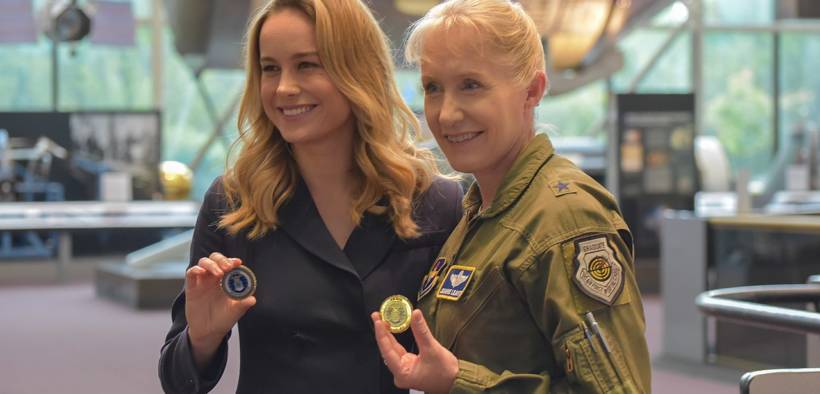Family Films Had as Many Women as Men in Lead Roles for the First Time

For the first time, there were as many female leads in family films as male leads, according to a new study.
The Geena Davis Institute on Gender and Media released these findings regarding films from 2019. This is a vast improvement considering the Institute released a study last year that said there were twice as many male leads in family films between 2007 and 2017. Now, 48% of the 100 top-grossing family movies featured lead female characters, in 2019. (Based on the annual See Jane report, a family film was defined as any live-action or animated film that was rated G, PG or PG-13.).
The institute has been doing this study every year since 2007.
“Media images have a huge impact on how we see ourselves and judge our value,” Davis told CNN via email. “When you see someone like yourself reflected, you take in the message: ‘There’s someone like me, I must belong.’ This is why it’s vital for children to see — from the beginning — fictitious worlds that reflect the real world, which is half female and very diverse.”
Davis stressed that both boys and girls will absorb the message that one gender is more important than the other.
Considering that women and girls make up half of the population, it is glaring to see a large disparity in lead characters that are male or female. It seems to be a natural reflection on our population if movies feature both genders equally.
This year’s report also examined five other areas — race, LGBTQ+, disability, age (60+) and body size diversity. There were some improvements in those areas too: the percentage of leads who were people of color increased from 22% in 2007 to 30% last year. 8% of last year’s family films included a lead character with a disability, up from 1% ten years ago.
In other mediums such as television, groups like LGBTQ+ have seen record high numbers in representation last year too.
Movies and television are two different animals though. Television seems more able to afford taking risks, financially and artistically. Movies are still ostensibly bound to a risk-averse commercial model.
Studios are afraid that male viewers identify more with stories that feature male protagonists instead of female ones. Consequently, girls and women have grown up with these male-centric stories due to their prevalence in our culture. Therefore, this is the model that has worked best in Hollywood.
Undoing this cultural conditioning especially if it’s intertwined with capital, is going to be a long and tricky process.







